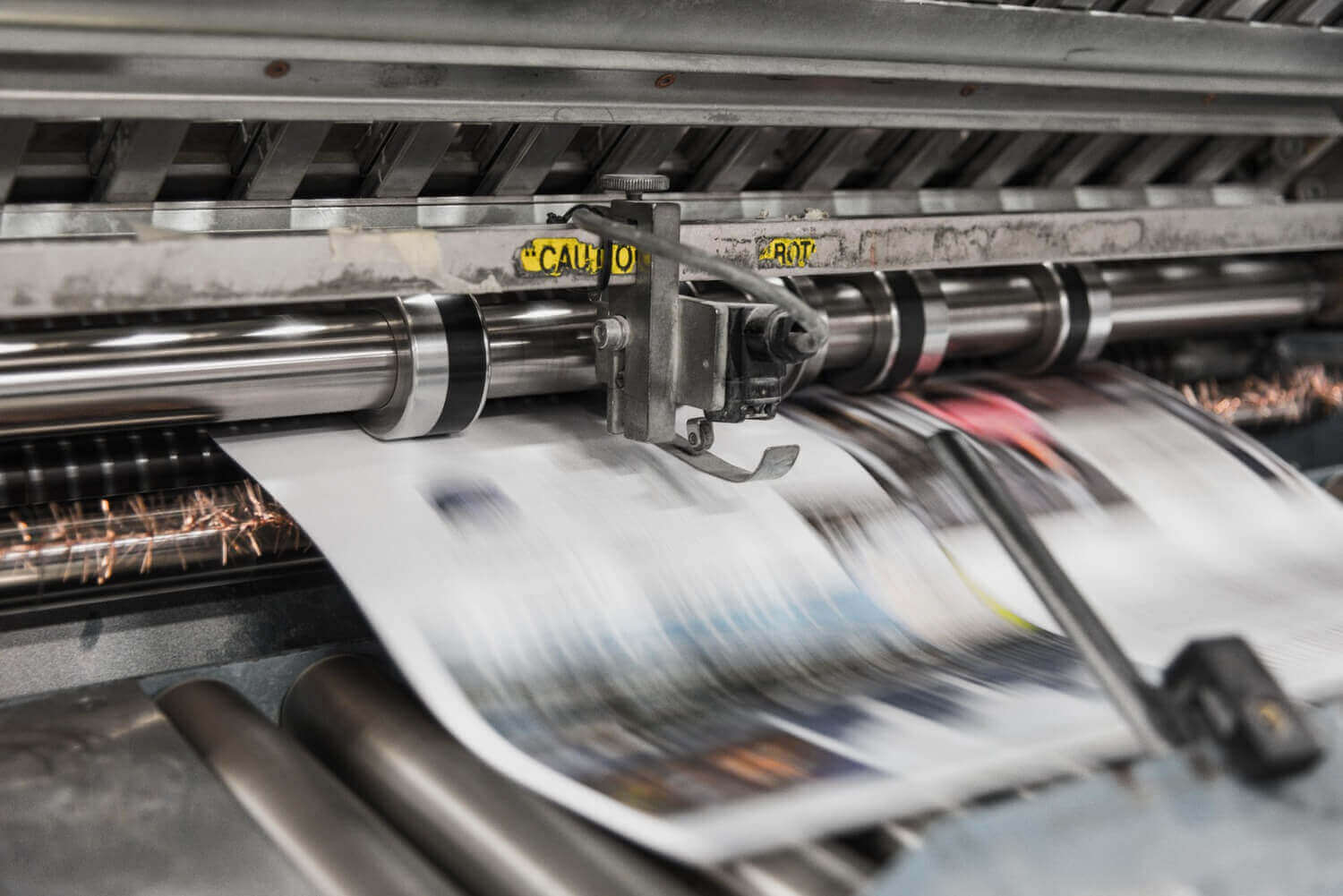Learn the foundations of product creation with print on demand platforms.
Learn the foundations of product creation with print on demand platforms.
Blog Article
Recognizing How Digital Printing Transforms the Printing Sector
The printing industry, long steeped in traditional methods, is undergoing a radical change with the introduction of digital printing. With its possible to spur interaction with customized material and to use sustainable services, it's clear that digital printing is even more than a technical development; it's an essential game changer.
The Development of Digital Printing: A Brief Overview
Because its beginning, digital printing has undertaken significant makeovers, constantly reinventing the printing industry. With the introduction of the 90s, electronic printing technology began to grow, and the industry experienced the intro of direct imaging presses, which got rid of the demand for printing plates. As the new millennium unfolded, innovations in technology even more stimulated the development of electronic printing, leading to the creation of high-speed inkjet printers.

Unloading the Technology Behind Digital Printing
Digging right into the intricacies of digital printing modern technology, one encounters a rich tapestry of sophisticated machinery and complicated formulas. At the heart of this process exists a digital photo, which is processed by software that splits it right into a grid of dots. This intricate system, boosted by innovative software application and high-resolution imaging, has actually changed the landscape of the printing market, paving the way for extraordinary degrees of information and precision.

The Advantages of Digital Printing for Businesses
Comprehending the technology behind electronic printing provides a clear image of its precision and detail. For organizations, this equates right into various benefits. Firstly, digital printing supplies unprecedented rate, making it possible for firms to fulfill tight due dates without endangering on quality. Next off, it reduces costs as there are no plates or physical configuration, making it excellent for small-volume printing tasks. Additionally, this modern technology offers exceptional consistency with each print check that outcome, removing variants frequently seen in standard approaches. Digital printing is ecologically friendly, utilizing less ink and creating less waste. Nevertheless, the full potential of digital printing is realized when used for customization and personalization, a subject that will certainly be covered comprehensive in the next section.
The Function of Digital Printing in Customization and Personalization
While standard printing methods battle with customization and personalization, digital printing succeeds in these areas. It enables the very easy modification of designs, without the demand for costly and Resources time-consuming plate adjustments (print on demand). This allows businesses to customize products to specific clients, meeting certain needs and boosting client complete satisfaction
Digital printing also enables variable data printing, where aspects such as message, graphics, and images may be transformed from one printed piece to the following, without decreasing the printing process. This is especially beneficial for direct advertising and marketing projects, where customized messaging can substantially improve reaction prices. By doing this, digital printing not only reinvents the printing sector yet also transforms the method organizations communicate with their customers.
Analysing the Ecological Effect of Digital Printing
Although electronic printing has actually been lauded for its role in customization and personalization, it is vital to analyze its ecological influence. Digital printing can be much less inefficient than traditional methods, since it operates a 'print on demand' basis, removing the demand for huge print runs that can cause excess and waste. In addition, it makes use of less chemicals and generates much less unpredictable natural substances (VOCs) contrasted to offset printing. The view it now energy usage of digital printers can be high, leading to increased carbon impact. In addition, the usage of non-recyclable printing parts and the obstacle of e-waste administration present considerable environmental concerns. While electronic printing has numerous advantages, its ecological effect must be diligently handled.
Final thought
In verdict, electronic printing has transformed the printing market, supplying rapid, affordable, and top notch solutions - print on demand. Understanding these modifications is vital for organizations to utilize the advantages of electronic printing properly.
Report this page